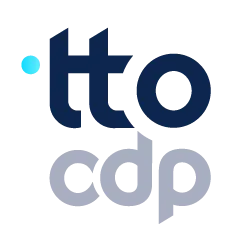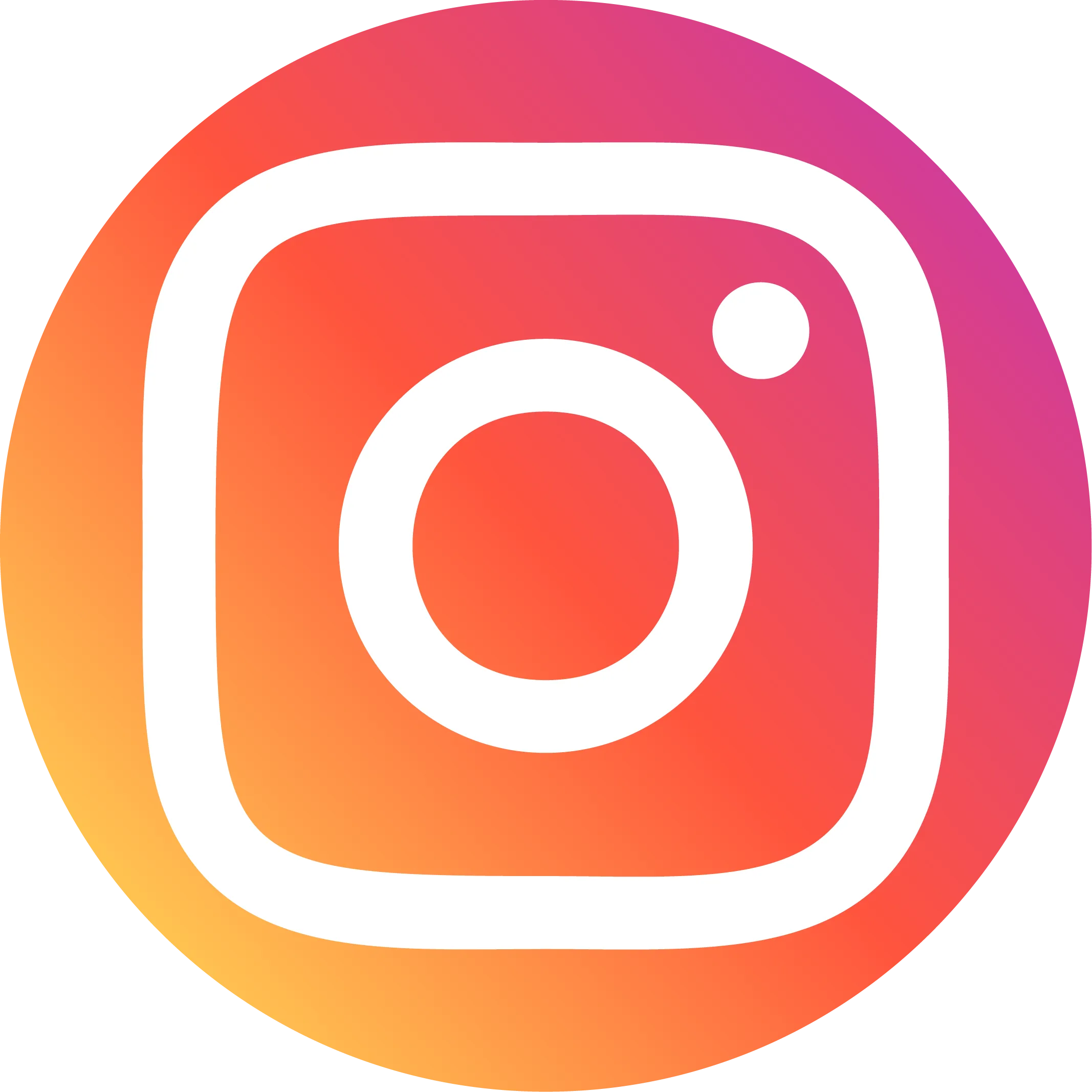Why did Intuit UK achieve 45% growth with Google Ads AI while others struggle?
2025 will be a key turning point in the development of marketing technology. The success story of Intuit UK has revealed the future direction for us. By adopting artificial intelligence-driven strategies such as value-based bidding and broad matching in Google Ads, its QuickBooks achieved a 45% annual increase in customer acquisition during the peak season of search advertising. At the same time, the rise of sustainable development and circular economy is changing consumer behavior patterns. Research by Google and Kantar shows that 81% of consumers want to buy sustainable products, but they are facing pressure from the cost of living. This contradiction has led to the booming development of refurbished products and second-hand markets, bringing new challenges to marketers - how to make "yesterday's new products" attractive again. In the omni-channel era where the boundaries between physical and digital are becoming increasingly blurred, Google data confirms that 59% of physical store visits are affected by search behavior. Marketers must master artificial intelligence tools, data analysis capabilities and sustainable thinking to stand out in the competition in 2025.
I. Panoramic Perspective of Marketing Trends in 2025
1. Marketing Transformation Driven by Artificial Intelligence
2025 marks a critical transition for artificial intelligence from the experimental stage to core marketing operations, and the various intelligent functions of Google Ads are becoming strategic weapons for marketers. The case of Intuit UK vividly demonstrates this change - by overcoming internal skepticism about AI, its marketing team successfully used value-based bidding and broad matching technology to achieve a 45% increase in customer acquisition during the peak season of search advertising. This AI-driven transformation is not only reflected in the customer acquisition level, but also goes deeper into the entire process of creative content production and optimization. Brands represented by B&Q have found that adding video assets is an effective way to reach a diverse audience, and Google Ads' intelligent algorithm can automatically match these materials to the most relevant audience groups. The evolution of artificial intelligence is also reflected in the leap in instant personalization capabilities. Dynamic Ads can adjust the display content in milliseconds based on the user's instant behavior and context, turning the ideal of "the right person sees the right ad" into daily practice. It is worth noting that this AI application is no longer the exclusive domain of large enterprises. The popular interface of Google Ads allows small and medium-sized enterprises to also enjoy the dividends brought by machine learning.
2. The rise of sustainable development and circular economy
Against the contradiction between rising global environmental awareness and the coexistence of cost of living pressure, sustainable marketing is undergoing a profound strategic transformation. A joint study by IPG Mediabrands, Kantar and Google revealed a key insight: 81% of consumers are willing to buy sustainable products, but economic pressure often forces them to compromise. This consumer psychology has spawned strategic opportunities for refurbished products and the second-hand market. Brands that can cleverly balance environmental appeal and price sensitivity can win market favor. Google analysis shows that brands that successfully convey recycling commitments and circular economy concepts have significantly better business growth than their peers. This requires a fundamental shift in marketers’ thinking – from promoting “the next shiny new thing” to creating a desire to create “yesterday’s new thing”. In practice, this means that advertising copy needs to emphasize product lifecycle value rather than simple novelty, and visual presentation needs to highlight the dual advantages of environmental certification and cost savings. Unilever’s Chief Growth and Marketing Officer Esi Eggleston Bracey’s point is particularly profound: “Promoting equal rights for disadvantaged groups will bring better results for individuals, businesses and society.” This inclusive thinking also applies to sustainable marketing. Brands need to use Google Ads’ precise targeting function to identify the most environmentally conscious market segments and tailor messaging strategies for them.

II. Marketing Success Stories
1. Video content improves conversion rate (Vera Clinic)
The case of Vera Clinic shows how highly specialized medical services can break through consumer psychological barriers through strategic video marketing. The core of its “demand generation” activity is the transparent display of the surgical process – detailed images from consultation, hair removal, to transplantation, which effectively alleviates potential patients’ fear and uncertainty about hair transplantation. This "educational content" strategy increased the brand's click-through rate by 9%, the conversion rate by 29%, and reduced the customer acquisition cost by 7%. In terms of Google Ads implementation, the key lies in the sequence targeting of video ads: first establish trust with popular science content, then push the surgical process video to show professionalism, and finally provide real-life testimony to strengthen decision-making confidence. On the technical level, it is recommended to use YouTube Director Mix to automatically generate personalized video versions for different audience characteristics (age, degree of hair loss), and cooperate with Google Ads' "Video Action Campaigns" to directly drive appointment conversion. It is worth noting that medical video content needs to strike a balance between professionalism and comprehensibility. Overly technical language may cause barriers, while oversimplification may damage the professional image. It is recommended to use A/B testing to test the differences in the effects of different narrative styles.
2. Data integration to optimize the customer journey (Esteworld)
Esteworld's 35% conversion rate increase comes from a thorough reconstruction of the medical tourism customer journey. By integrating CRM systems with Google Ads data, brands can identify the unique behavioral patterns of international patients, which often include multiple search comparisons, long consideration periods, and key visa and travel arrangement nodes. This insight guides the optimization of advertising timing, such as strengthening promotions before holidays in target countries, or launching remarketing sequences for patients who have completed consultations but have not made appointments. In terms of technical implementation, its success relies on several key components: cross-device tracking solutions (to address the behavior that patients may search on mobile phones first and then make appointments on desktops), multilingual ad variations (matching the search habits of audiences in different countries), and offline conversion import (passing clinic appointment data back to Google Ads). In practice, medical tourism advertising needs to pay special attention to compliance requirements, avoid content that may cause regulatory issues, such as efficacy guarantees or before-and-after comparison pictures, and instead focus on credibility signals such as clinic certification, doctor qualifications, and patient service experience. Esteworld's case is particularly worth learning from its international expansion strategy - by analyzing search volume trends and CPC fluctuations in different regions, it prioritizes the development of emerging markets with high demand and low competition to achieve strategic growth.
3. Effectiveness of personalized advertising with artificial intelligence (Este Nove)
The secret of Este Nove's 61% increase in brand search volume in the fiercely competitive Turkish beauty market lies in its AI-driven extreme personalized strategy. By analyzing the behavioral data of more than 500,000 new users, the brand established a sophisticated audience segmentation model, dividing potential customers into categories such as "price-sensitive", "quality-seeking", and "immediate decision-making", and designed exclusive advertising creatives and bidding strategies for each audience. At the Google Ads implementation level, this relies on a combination of multiple advanced functions: "Dynamic Search Ads" (DSA) automatically captures long-tail medical beauty queries; "Audience Signals" enhances the accuracy of similar audience modeling; "Smart Bidding" adjusts bidding based on real-time conversion probability. Este Nove's innovation also lies in transforming video ads, which are traditionally viewed as a brand-building tool, into a direct response channel. By adding strong calls to action (such as "Limited-time consultation offer") and clickable appointment buttons at the end, video views directly lead to conversions. For medical beauty institutions considering similar strategies, it is recommended to start with a small pilot, select 1-2 high-demand services for comprehensive personalized testing, and then gradually expand to the entire product line after measuring the results. Key success factors include: detailed audience survey foundation, continuous creative material production, and strict data privacy compliance review, especially when dealing with sensitive medical information.

III. Topkee's Google Ads solution
Topkee provides one-stop online advertising professional services based on Google Ads, aiming to help companies effectively increase the number of potential customers and sales performance. Our service architecture fully covers the entire process from pre-evaluation to post-optimization, and customers of all sizes can get tailor-made solutions. In terms of actual implementation, Topkee's service system includes seven core modules, each of which uses professional tools and methodologies to ensure effectiveness.
In terms of tracking technology, the TM system we developed is more flexible than traditional UTM. Customers can customize tracking rules based on multiple dimensions such as advertising source, media type, and event name, and accurately monitor marketing effects through the landing page URL marked with TMID. In the early planning stage, our professional team will produce theme proposals from the perspectives of market trends and competition analysis based on the business characteristics of customers. After two-way confirmation, an executable activity framework will be formed, which greatly saves customers' planning time costs.
Topkee's Google Ads solution particularly emphasizes the combination of "data automation" and "strategy personalization". Through professional tool chains and industry experience, it helps customers obtain the best delivery benefits in a complex digital advertising environment. From technical construction to strategy optimization, each link has clear KPI measurement standards to ensure that advertising activities always move towards the preset business goals. This end-to-end service model has helped many companies achieve quantifiable performance growth on the Google advertising platform.

Conclusion:
The marketing landscape in 2025 is undergoing fundamental changes. From Intuit's 45% customer acquisition growth in the UK to Natura's 9% sales increase in physical stores, successful cases have all confirmed the powerful power of data-driven and AI-enabled. These shifts require marketers to master three core capabilities: operational skills to navigate intelligent platforms like Google Ads, analytical skills to extract strategic insights from massive amounts of data, and sustainable thinking to balance short-term performance with long-term brand building. The experiences of medical brands Vera Clinic and Este Nove are particularly worth learning from, as they prove that strategic application of artificial intelligence and omnichannel integration can still achieve breakthrough growth even in highly professional or competitive fields. As consumer demand for sustainable products grows and price sensitivity coexists, marketers face unique challenges in translating environmental value into business value. We encourage readers to turn these insights into action, starting with small pilots and gradually expanding, and seeking guidance from professional consultants when needed. Future marketing leaders will be cross-border talents who can perfectly combine technical capabilities, business acumen and social responsibility, and now is the time to invest in these key skills.







